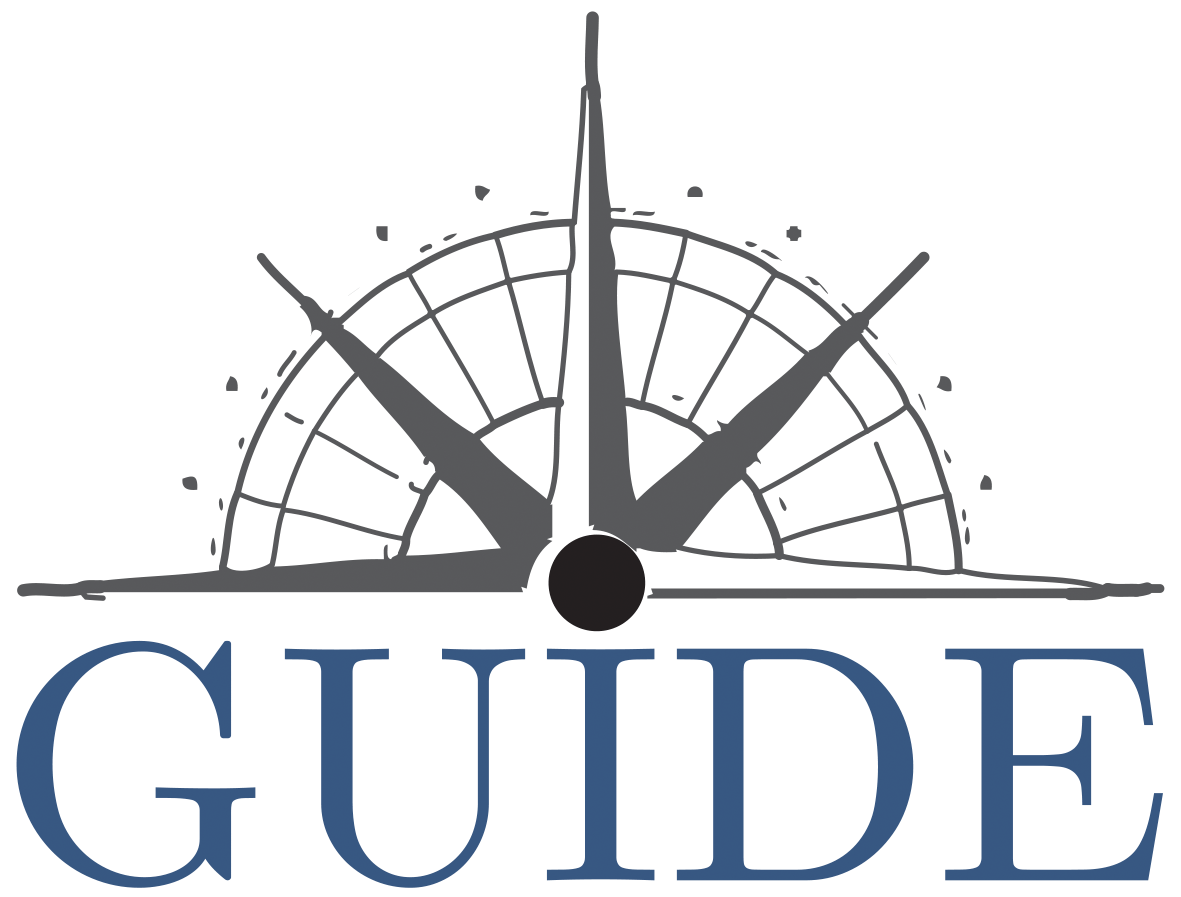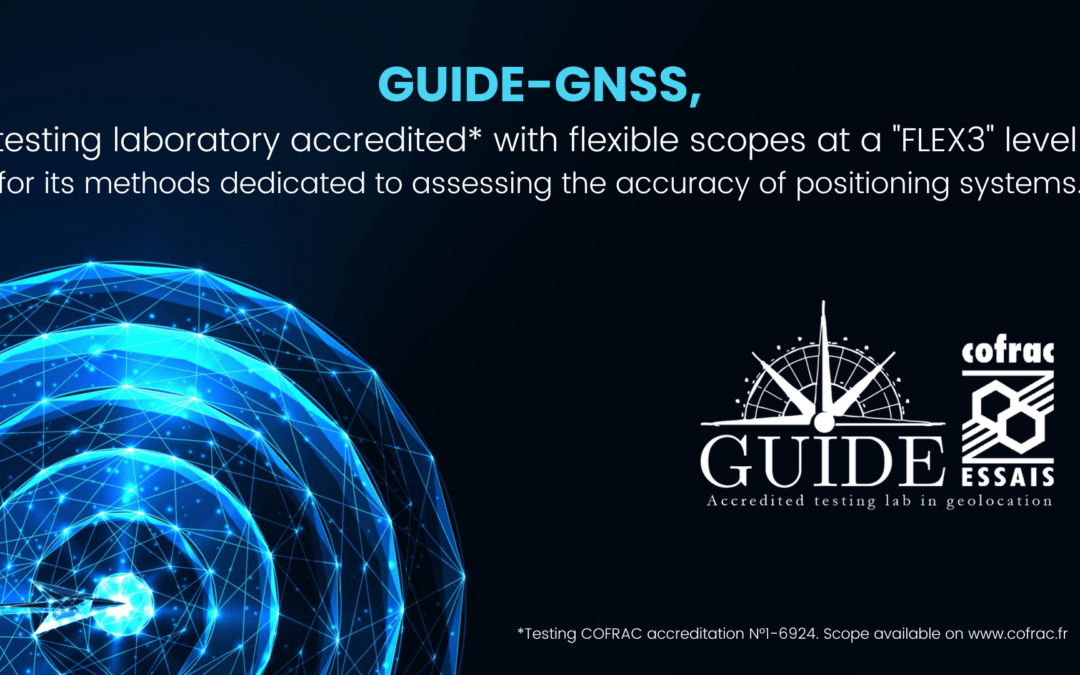In geolocation, GUIDE-GNSS is one of the few test laboratories authorized to issue test certificates under accreditation** for assessing the performance of positioning systems in real or reconstituted environments.
Its methods are based on the EN16803 series of European standards, designed to perform representative, repeatable, reproducible, and reliable results. They offer the advantage of establishing positioning, speed and attitude measurements for geolocation solutions in constrained environments, such as those encountered in urban or railway areas (buildings, bridges, canopies, etc.).
For many years, GUIDE-GNSS has been developing skills and accumulating experience duly recognized by the French Accreditation Committee (COFRAC). Once again, this year, COFRAC has renewed its confidence in this test laboratory, which applies and manages a flexible scope at a level 3 (FLEX3).
Flexible scope – Flex 3 : What does it mean?
A testing laboratory is granted accreditation with a flexible scope when it demonstrates its ability to adapt its methods to meet client expectations. Consequently, the laboratory is authorized to validate and apply its new methods between two COFRAC assessments.
Accredited methods:
- M1 – Determination of a trajectory and its measurment uncertainties:
The aim of this test method is to retrace the “true” trajectory of the reference receiver assisted by a high-accuracy service hybridized with proprioceptive sensors (gyrometers, accelerometers, magnetometers and/or odometers) in order to mitigate GNSS errors caused by environmental disturbances. - M2 – Assessment of GNSS Positioning Systems through Single Measurement in Real-World Open Sky Environments:
The aim of this method is to compare the “true” reference trajectory, known as the reference trajectory, with those of a positioning system during tests in a real-world environment, on undisturbed sections of track (open sky and without interference). - M3 – Assessment of GNSS Positioning Systems through multi-measurements on a test bench using the replay technique:
The aim of this method is to compare the “true” trajectory, known as the reference trajectory, with those of a positioning system during tests reconstituted on a replay test bench using real-world signals previously digitized on site.
What are the client benefits?
The aim of voluntary certification is to demonstrate the accuracy performance of positioning systems by an independent, competent organization applying duly validated methods. Where appropriate, results can be compared with those of other solutions.
These metrology services are available to a wide range of sectors, including transport (road, rail, drones, maritime) and agriculture.
GUIDE-GNSS deals directly with clients or indirectly, as a subcontractor for major metrology laboratories.
Its activities extend to R&D services, in particular, to support development teams throughout the fine-tuning phases of their navigation solutions.

